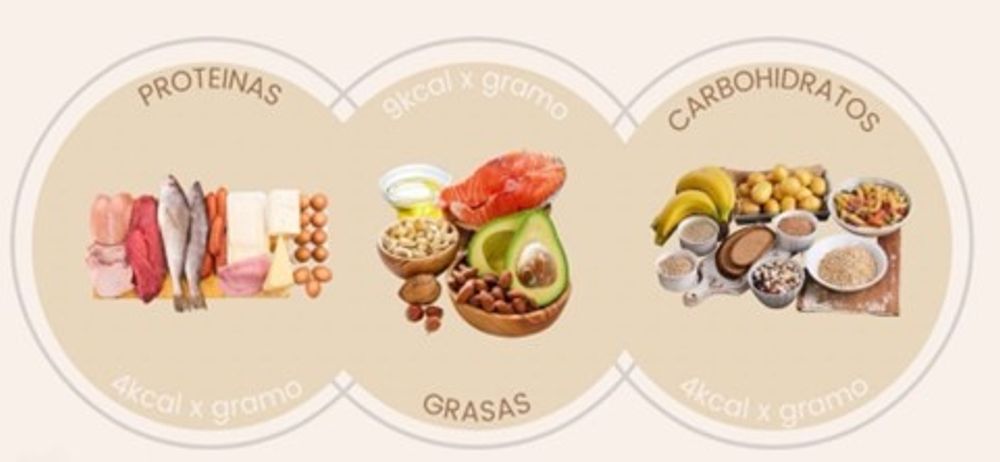
Macronutrients: What They Are, Types, and How They Influence Athletic Performance
Learn all about macronutrients: their roles, types, and the importance of nutrient timing for sports performance. Read our complete guide for athletes.

Many times we find that we are stuck because it seems that we are no longer taking advantage of the exercises we do in our routine, our body has already gotten used to them and it seems that they no longer produce the same effect.
In this article I am going to explain techniques so that you can give a great extra intensity to the exercises you use and make them fully effective again.
These techniques are based on finding ways to increase mechanical tension, which is the main motivator of hypertrophy, some of them are quite well known but others you probably have never heard of before, so let's see what they are.
We are going to start with one that may be quite obvious but I think it is important to emphasize it. It often happens that when you master an exercise you begin to do it faster, without taking technique into account and without being very aware of what you are doing. This gets worse when you start to get tired and you are close to your limit.
If you make sure to be aware of the technique and do it as strict as you can with each repetition, you will notice an extra intensity that may be enough to make the exercise much more effective for you.
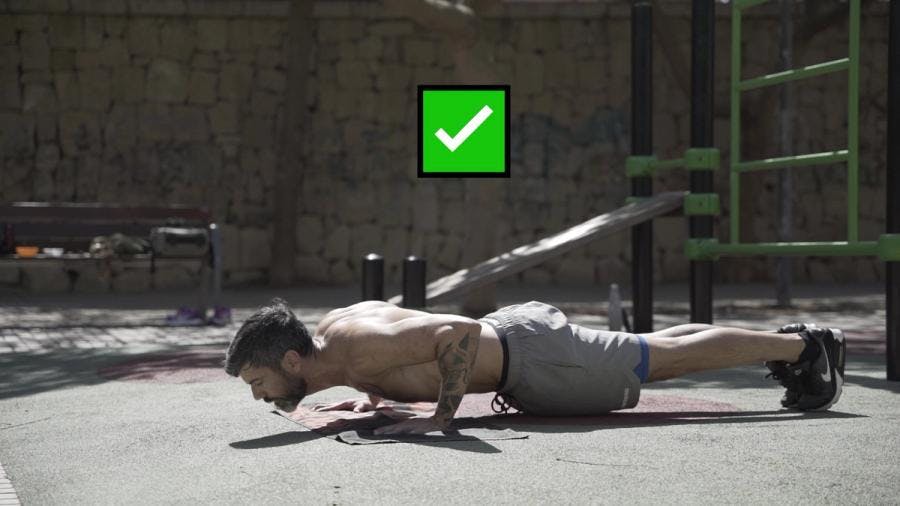
Linking to the above, in most exercises there are small games of inertia, rebounds or swings that facilitate their execution.
One way to avoid this and dramatically increase intensity is to add isometric stops somewhere along the way, usually at the point of maximum flexion or extension. With a pause of 2 or 3 seconds it will be enough and you will notice that the exercise burns much more.
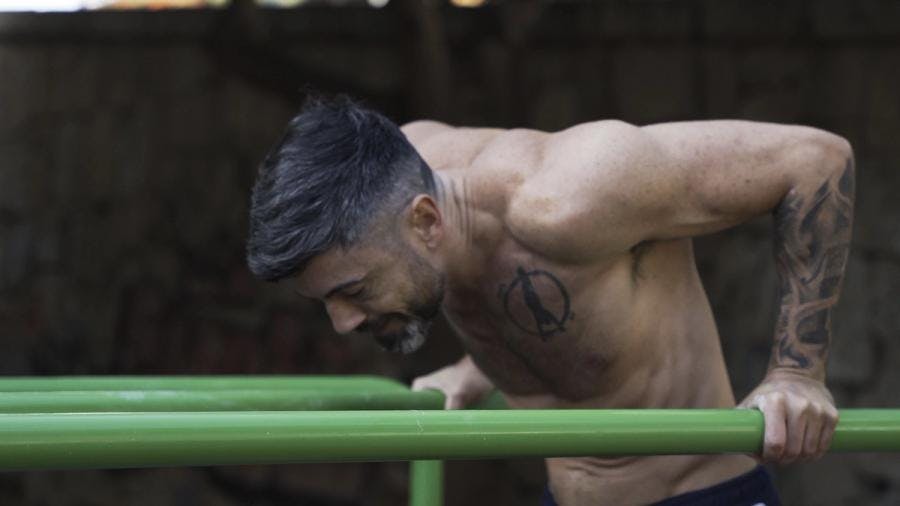
Change the tempo
Another way to ensure greater intensity is to perform the movement more slowly, specifically in the eccentric or negative part. This forces us not to take advantage of gravity to "let ourselves fall" and increase the time under tension of the muscles.
These first 3 techniques that we have just seen complement each other very well and you can do all 3 at the same time, you will quickly notice the difference.
This one may seem pretty obvious but it seems like a lot of people forget about it. When I talk to you and you tell me about your routines, I see that many do the classic pull-ups, dips, push-ups, and squats. And many times their level is already well above those exercises.
Remember that there are many advanced versions of all these exercises and that they can be very useful for you to continue leveling up, and you don't have to settle and get stuck with the "standar" version of them.
Obviously another option is to add extra weight to the exercises if you like it better or if you have the possibility.
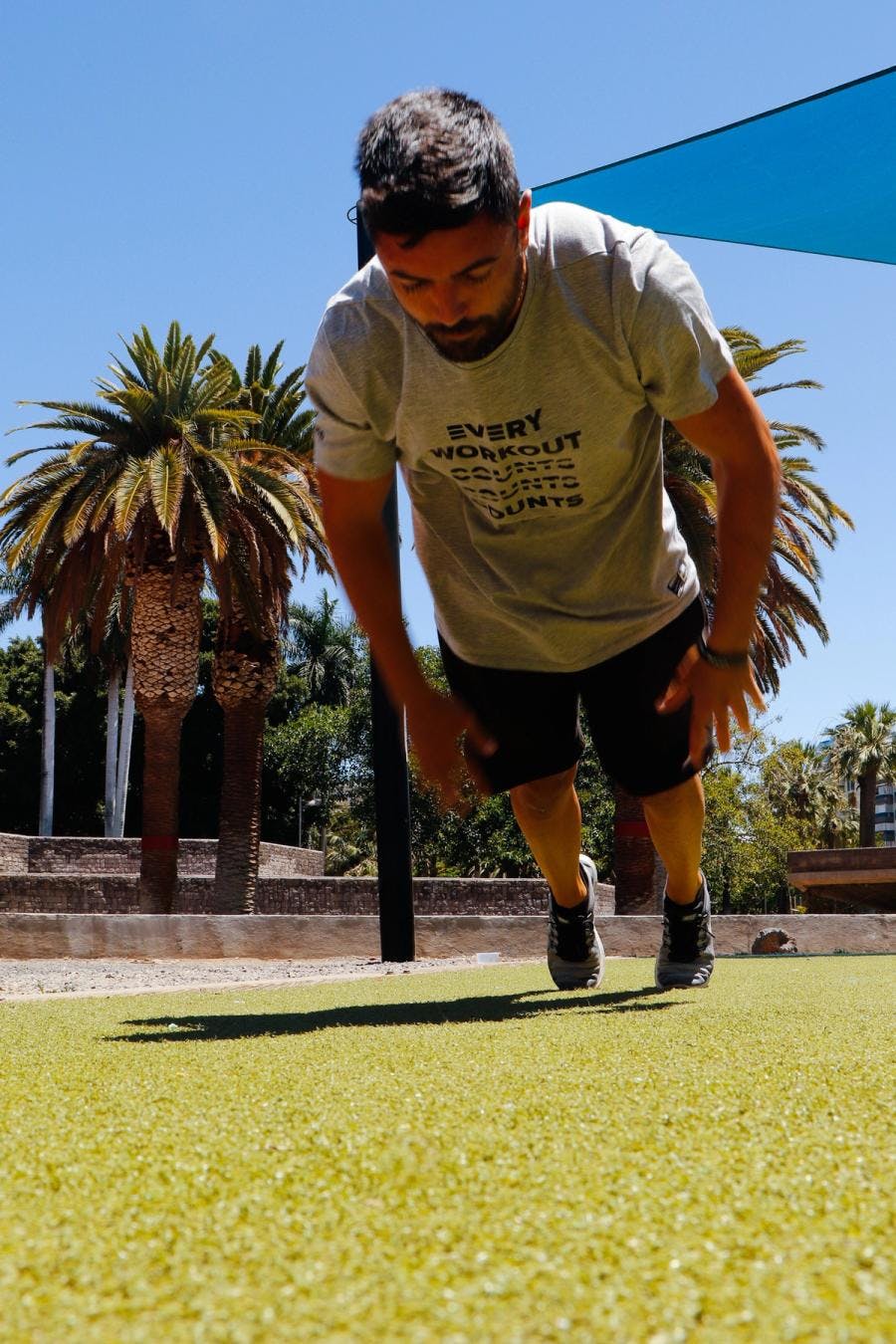
This well-known high-intensity technique consists of repetitions of an exercise to failure, resting very little, around 20" and continuing to do repetitions to failure. With it you will make sure you get the most out of your muscular capacity.
Another of the best known techniques, in calisthenics we normally apply it by varying the difficulty of the exercise.
You start with an exercise in a variation that is intense enough for you, and when you reach or near failure you switch to an easier variation and continue without rest, up to 3 or 4 consecutive times.
Again it can also be done with extra weight, lowering the amount of weight.
Special mention to the super sets, which consist of simply combining two or more exercises without rest but I don't find them so interesting to get a great extra intensity with respect to doing the exercises individually and depending on how they are designed they may not even be designed for that.

This work method adapted to calisthenics would consist of, for example, instead of doing 5 sets of an exercise and that's it. Do 3 or 4 hypertrophy sets with a variant that is sufficiently intense for you, which would be the preparatory sets, and then one top set, which would be a set with a more difficult exercise in which you reach failure in a number of reps between 8 and 20. To finish we would do a back off set with an easier variant and again to failure.
With this you will ensure that all the fibers of the muscles involved receive a very powerful stimulus.
In calisteniapp they have examples of several of these methods such as the free drop sets routines or the difficulty progressions of the Smart Progress if you have the pro version.
I take this opportunity to mention that we have just added a resistance training program designed by Javi Alés himself and a routine suggester in case you are lost and don't know where to start, we have also improved the planner to make it more useful and comfortable to use. Update the app to the latest version and check it out.
There are other methods that would perhaps fall more into the endurance category and could have other uses, but which I think are very interesting, such as clusters, myo reps, ladders, emom, which we may be able to discuss in future articles.

Yerai Alonso
Cofundador de Calisteniapp, referente en calistenia y el street workout en Español. Con más de una década de experiencia, es creador de uno de los canales de YouTube más influyentes del sector. Autor del libro La calle es tu gimnasio, campeón de Canarias y jurado en competiciones nacionales e internacionales.
Join our newsletter
Learn everything you need to know about calisthenics

Learn all about macronutrients: their roles, types, and the importance of nutrient timing for sports performance. Read our complete guide for athletes.

Not sure what to eat before training calisthenics? In this article, we explain the ideal pre-workout nutrition based on your specific type of training session.
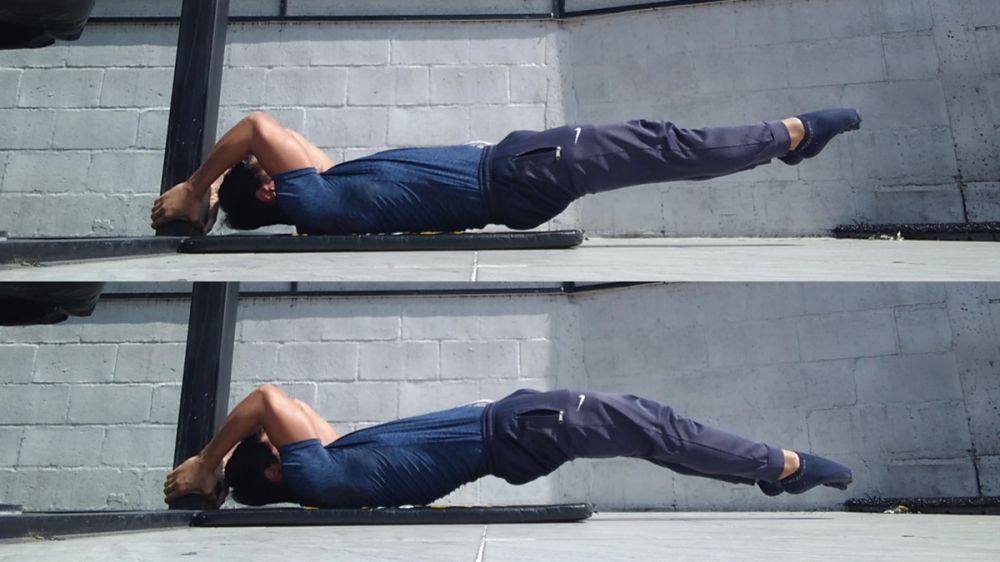
If you want to know everything about how to make dragon flags, here's a complete guide geared towards real progressions.
